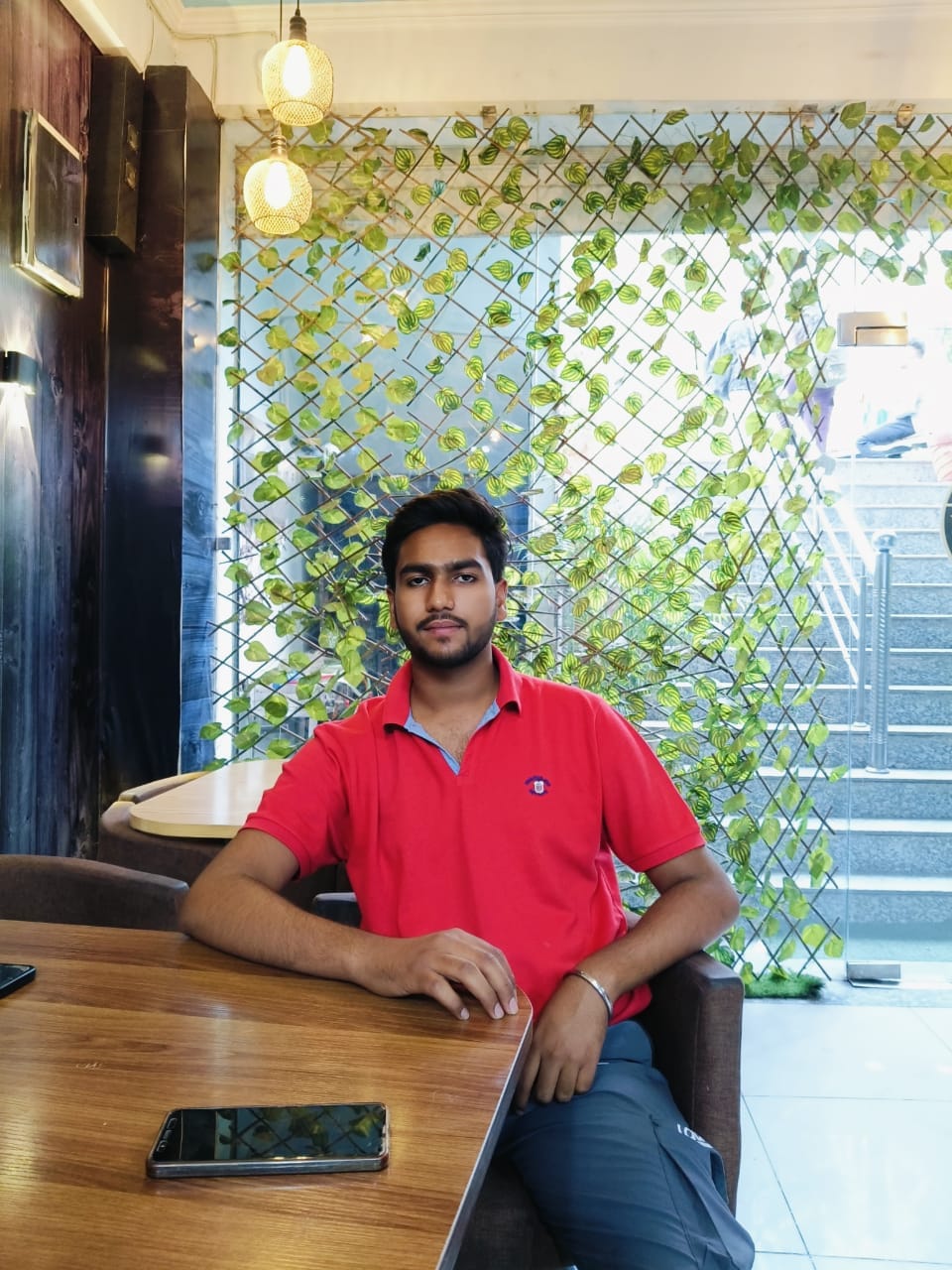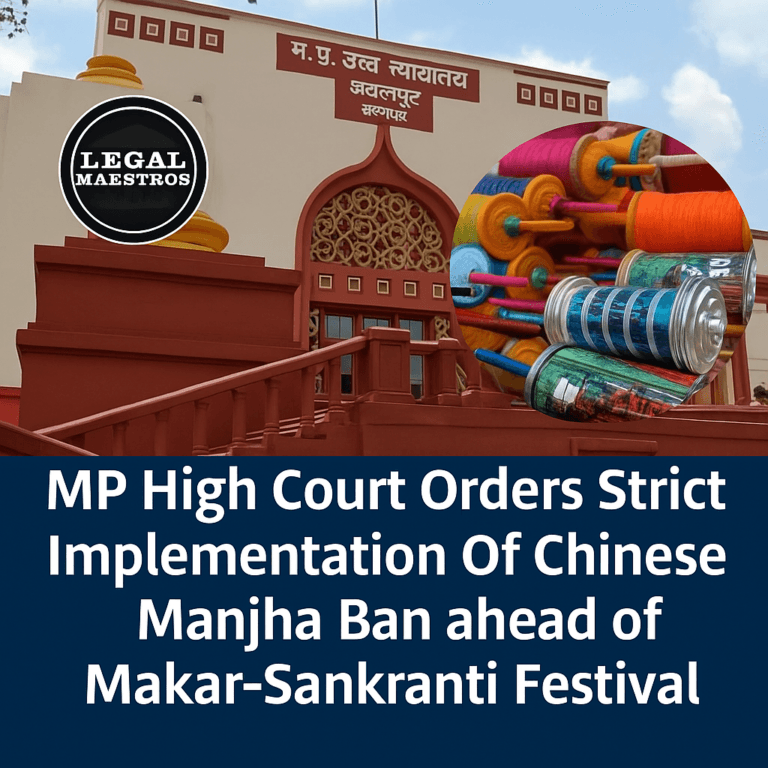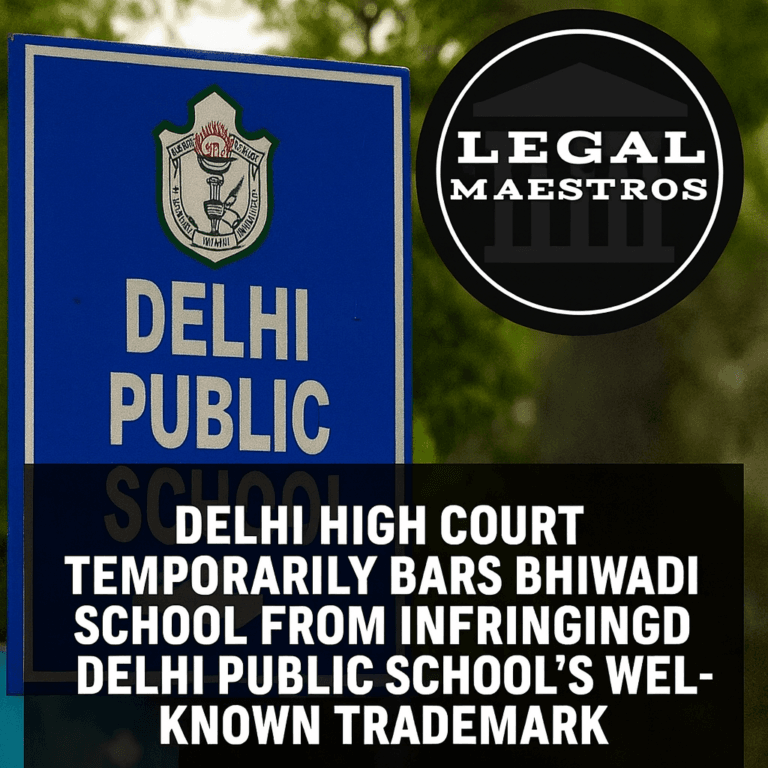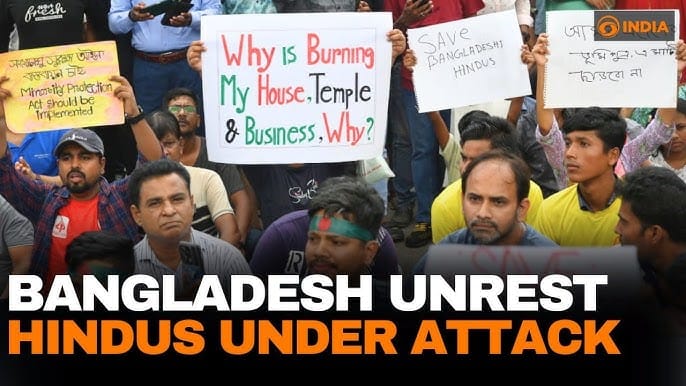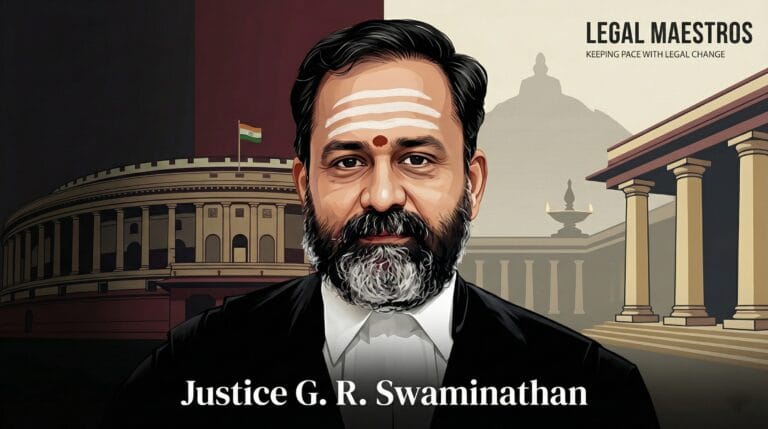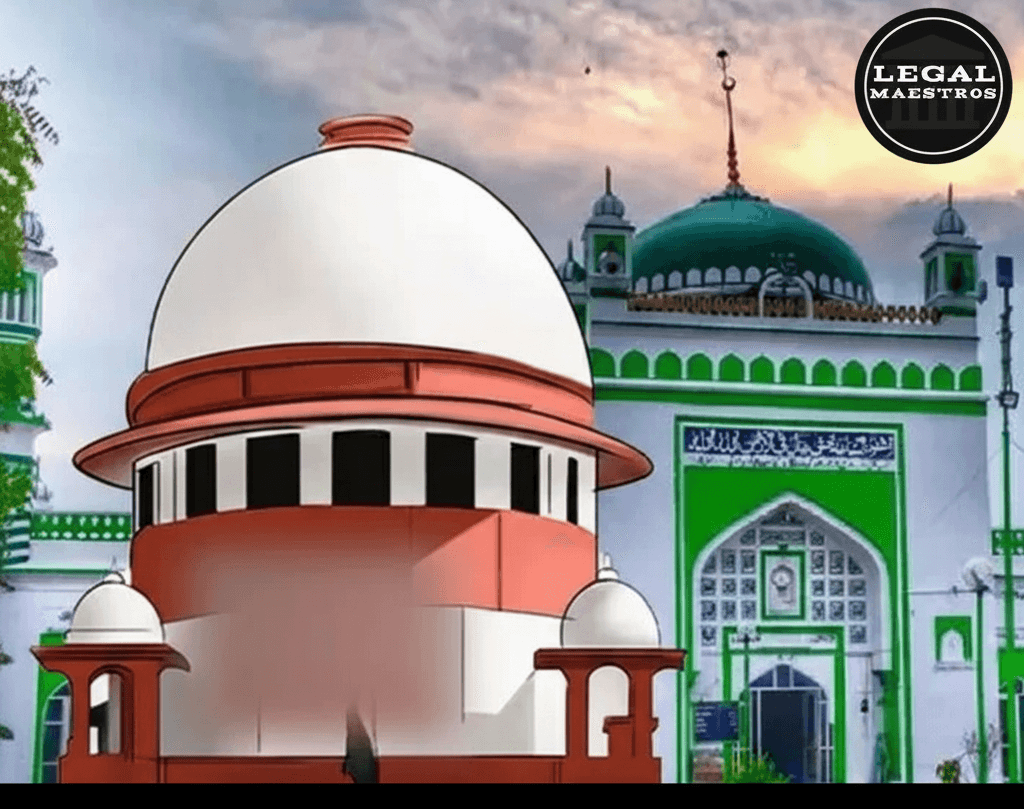
Supreme Court Grants Bail to Three Accused in Sambhal Jama Masjid Violence Case
Supreme Court Intervenes in Sambhal Case
The Supreme Court of India has released bail on three men accused in the 2019 Sambhal Jama Masjid violence case. This ruling by the supreme court of the country is a step forward in the legal issue that has been going on. The order will enable the three, who had been jailed close to five years to step out of prison as they await the final ruling of their case. The court prioritized the main values of justice and freedom in its ruling.
This practice is somewhat a response to a dire need of pre-trial detention. The accused had been in custody since December 2019; this implied that he was imprisoned even before he was found guilty of any crime. In the ruling of the Supreme Court, there is an emphasis on the legal principle stating that the right of an individual to freedom is basic. It is aware that detention without trial is punishment in itself taking long in jail, and this is contrary to the principles of the justice system.
The top court ruling practically reverses the previous lower court rulings in Uttar Pradesh. An example is the Allahabad High Court, which had earlier rejected the bail request of these men. The Supreme Court has raised an alarm through its intervention that its trial is very slow. The accused had turned to the Supreme Court as the last option after it was rejected over and over again.
For any queries or to publish an article or post or advertisement on our platform, do call at +91 6377460764 or email us at contact@legalmaestros.com.
The ruling is also significant when it comes to the cases of mass protests and civil strife. The court was forced to balance the grave claims by the state police with the inherent rights of the accused. The bail being granted is a high profile case, which brings to the fore the role of the judicature as a check to the likelihood of indefinite detention. It once again confirms that the law procedures should be just and prompt to every citizen.
The Background of the 2019 Violence
The case has its origin in a violent event, which took place in the Sambhal district, Uttar Pradesh in December 2019. The plan was carried out the scenes in and around the historic Jama Masjid where a considerable number of people had assembled. This rally was among numerous protests, which were taking place in India at the same time. This incident soon became out of control occupying a lot of space and prompting a huge police response.
These were local demonstrations that were directed squarely against a new law CAA- Citizenship Amendment Act. Several cities had been rocked by protests over the passage of this law. A demonstration was called in Sambhal, like in other places, although unfortunately it got out of control and broke down into violence. This resulted in severe confrontations between the gathered protestors and the deployed police of the state who came to control the situation.
This early report had numerous names of people and unnamed people charged. The policemen leveled charges against the crowd that included rioting, vandalism and intentional destruction of government property. According to the state, the protest was not peaceful and it had been planned to cause disorder in the people and disobey the law.
The police charges stated that the mob had set fire on a few of the public buses and also destroyed a police outpost. These three men who are currently on bail were found to have joined this illegal group and to have taken an active part in the violence. The resulting police investigation resulted in a large number of arrests with the state government being hard-line on the protestors who were involved in the destruction.
The Serious Charges and Legal Battle
The charges against the men made by the UP Police were very harsh and far-reaching in the accusations. The state resorted to the use of some of the most stringent laws that existed against them in the country. They were accused of different provisions of the Indian Penal Code (IPC) like criminal conspiracy, attempted murder, and destruction of property. These accusations were a signal of the state regarding the fact that the incident was a serious crime.
Above all, the police also used the Unlawful Activities (Prevention) Act that is also referred to as the UAPA. This is the main anti-terrorist legislation in India which is aimed at addressing the operations that pose a threat to the sovereignty and integrity of the country. Inclusion of UAPA charges changed the case completely. It indicated that the state was not perceiving the event as a law and order issue, but as a carefully-laid-out terror attack.
A bail is extremely hard to secure when UAPA has been invoked on the accused. They have one provision in the law that is exceptionally difficult to overcome. Section 43D(5) of the law puts it very high. According to this section, a court is not allowed to order bail when it thinks that basing on the case stated in the police charge sheet that the charges are prima facie (at first sight) true. Such a strict rule usually leaves the accused in jail taking several years before they are even tried.
Such inhumane terms made the bail requests of the accused men be dismissed on numerous occasions. The local trial court as well as the Allahabad High Court rejected their requests of release. Such courts must have been bound by the UAPA and the gravity of the police charges. This protracted litigation that spanned nearly five years left the men with no option but to get a special leave petition at the Supreme Court which was their final resort.
The Supreme Court’s Rationale for Bail
There is no real issue in the case that the Supreme Court gave him the bail, but they had to do it by reason of a principle of justice. The court gave attention to the long time the three men had spent serving their term in prison as undertrials. They had served four years and ten months in prison which the court deemed to be undoubtedly lengthy. This extended detention was the only factor of the case that mattered in the verdict of the court.
This prolonged incarceration was regarded as a violation of their basic rights as spelt out in Article 21 of Indian Constitution. This paper ensures the right to life and personal liberty, which is also guaranteed of a speedy trial. In a number of recent rulings, the Supreme Court has determined that a reasonable period must be achieved in the completion of a trial.

